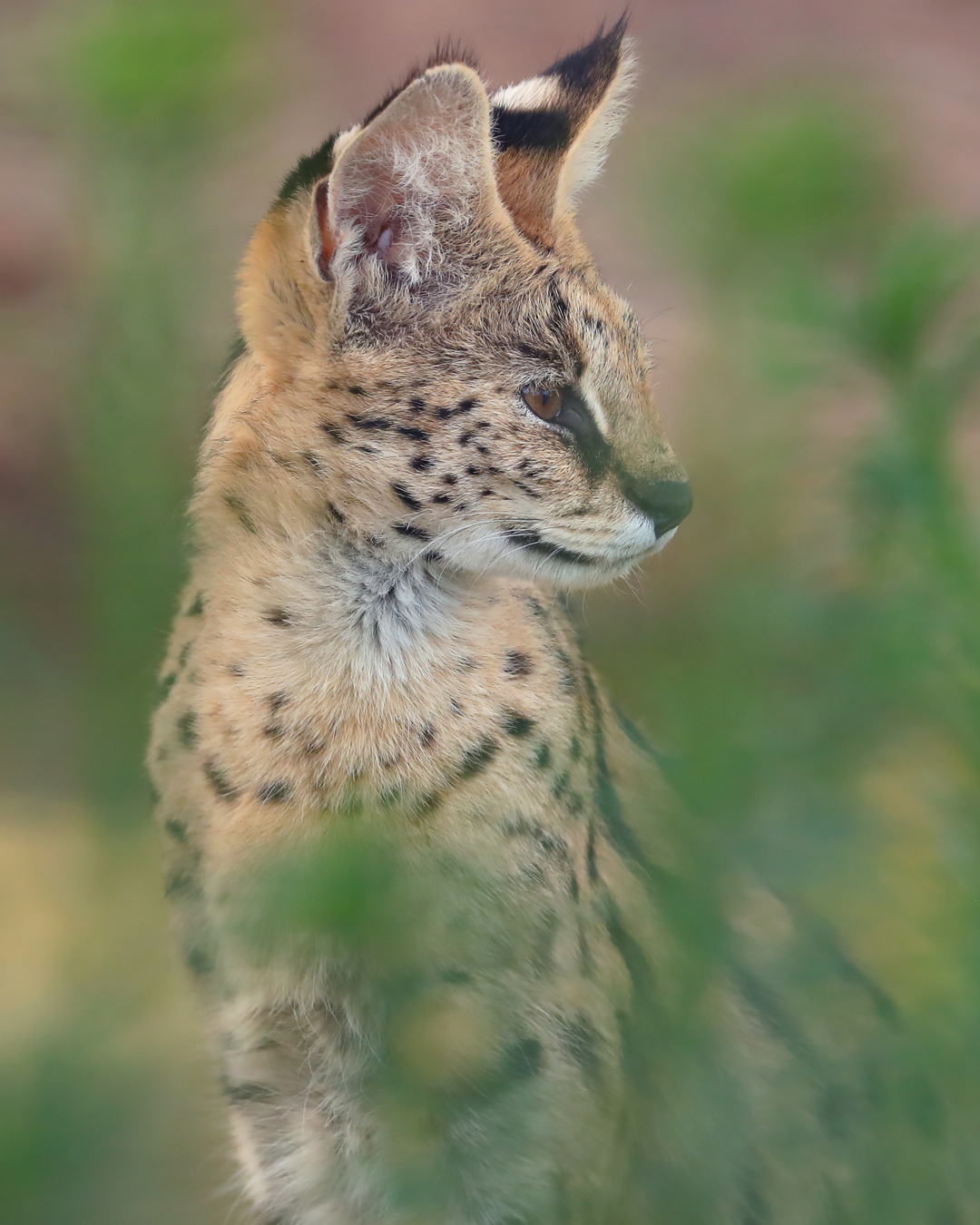- The physiological and psychological benefits of naps, particularly focusing on the rejuvenating aspects of a snuggly nap.
- The significance of sleep cycles and how they influence the quality of a nap, including differences between a power nap and a longer sleep session.
- The role of naps in animal behavior, drawing parallels with human nap habits and showcasing examples from different species.
- Investigating the impact of nap environments on effectiveness, highlighting factors such as temperature, comfort, and noise levels.
- Exploring the broader implications of rest and relaxation concerning zoo management and wildlife conservation practices.
In our fast-paced lives, the prospect of pausing for a good snuggly nap may feel like a luxury reserved for the weekend. However, the benefits of such moments of rest extend beyond simple pleasure, playing an essential role in our overall health and well-being. Napping, particularly when restful and comfortable, rejuvenates the mind and body. Research shows that these brief intermissions in our day have profound effects on both physical and mental health.
From a physiological standpoint, naps boost cognitive functions such as memory, alertness, and creativity. When we drift into the gentle embrace of sleep, even for a short time, our bodies initiate processes that enhance brain function and mood. Cortisol levels decrease, reducing stress, and allowing the mind to operate with clarity. Regular naps of about 10 to 20 minutes are known as “power naps,” and they offer quick boosts of energy and mental acuity without the grogginess commonly associated with longer sleep periods.
Understanding sleep cycles is crucial in optimizing the benefits of a nap. Sleep scientists categorize these cycles into stages: light sleep, deep sleep, and REM (Rapid Eye Movement). In brief naps, the body typically enters only the early stages of sleep, averting any post-nap inertia. Conversely, longer naps might usher one through complete cycles, potentially leading to sleep inertia if abruptly awakened. Mastering the timing and duration of your nap can transform the way you feel afterward, allowing for the day’s seamless continuation.
Napping’s restorative powers aren’t exclusive to humans. Examining animal behavior reveals similar patterns of rest. Many creatures, from the great predators of Africa to the tiniest mammals, indulge in regular downtime necessary for survival. For example, lions are known to rest for up to 20 hours a day, conserving energy for hunting. Giraffes, on the other hand, take short and sporadic naps to remain vigilant against predators. These behaviors underscore the evolutionary importance of rest, both as a mechanism for energy conservation and an opportunity for growth and repair.
In zoos, understanding these natural patterns is vital for animal welfare. Zoo management practices have evolved to accommodate these needs, often incorporating dedicated rest areas within enclosures to enable animals to relax in a setting that mimics their natural habitats. Temperature, accessibility to shade, and noise levels are carefully managed to ensure animals get ample rest. These considerations influence not only animal health but also their behavior and interaction with zoo visitors.
The environment significantly impacts the quality of a nap — for both humans and animals. Optimum nap settings are characterized by comfort, appropriate temperature, and minimal noise. This is part of creating a conducive environment for rest. For humans, a cool room with ambient noise covers can facilitate entry into light sleep stages. Similarly, animals require environments that are free from stressors to indulge in their natural rest patterns.
In the broader spectrum, the principles of rest and relaxation extend into zoo management and wildlife conservation. Providing animals with an environment that caters to their rest needs contributes to their overall health, reproduction, and longevity. In conservation, rescuing animals from stressful environments and allowing them ample rest in sanctuaries is a critical step in rehabilitation. Such practices enhance survival rates and prepare animals for potential reintroduction into the wild.
In summary, the seemingly simple act of awakening from a good snuggly nap encapsulates intricate biological processes and broader implications for animal welfare. While humans experience cognitive and psychological benefits, animals demonstrate nature’s inherent design where rest is paramount for survival. As we continue to explore the science of sleep and animal behavior, it becomes evident that rest is not just a luxury but a necessity woven into the fabric of life. Whether for human productivity or animal conservation, understanding the nuances of sleep offers pathways to a more sustainable coexistence with our natural world.
*****
Source Description
لحظة الاستيقاظ من قيلولة مريييييييحة😌
.
.
Waking up from a good snuggly nap😌
Ready to seize the day✨
.
.


